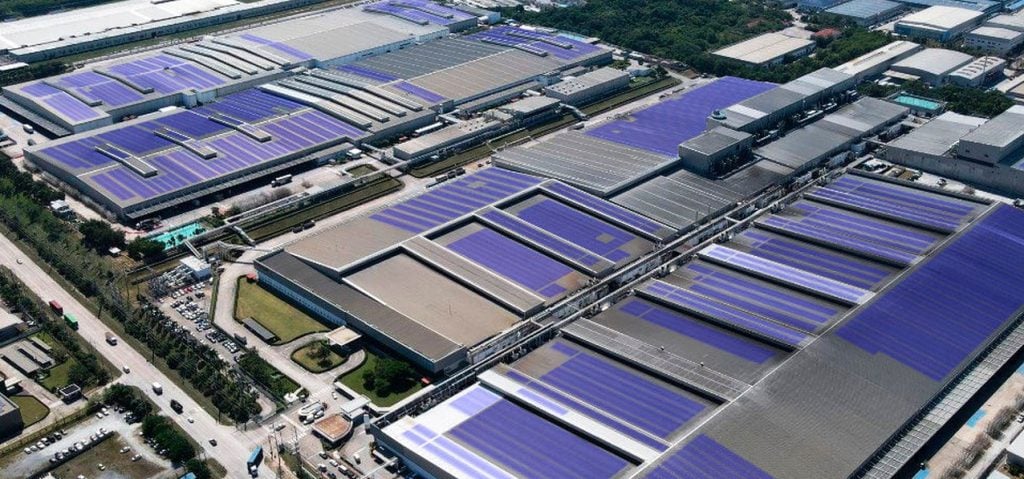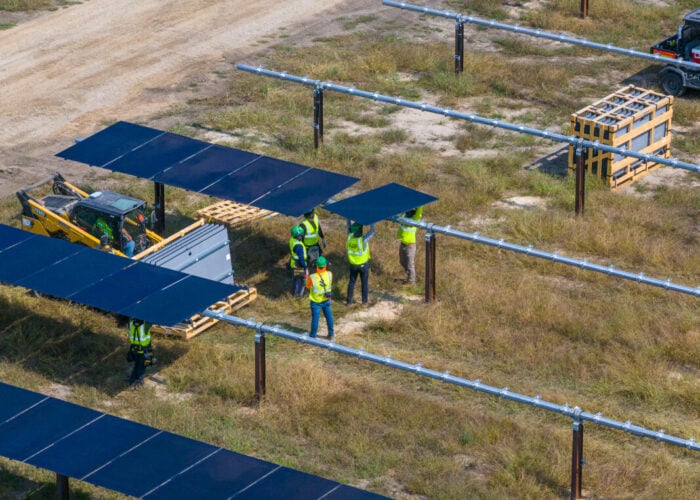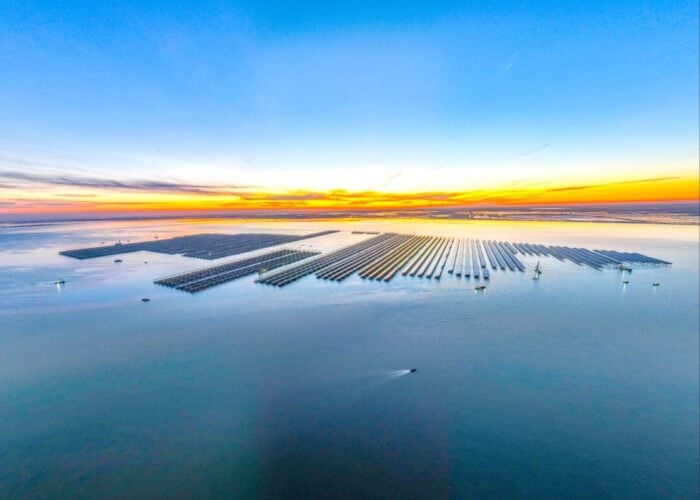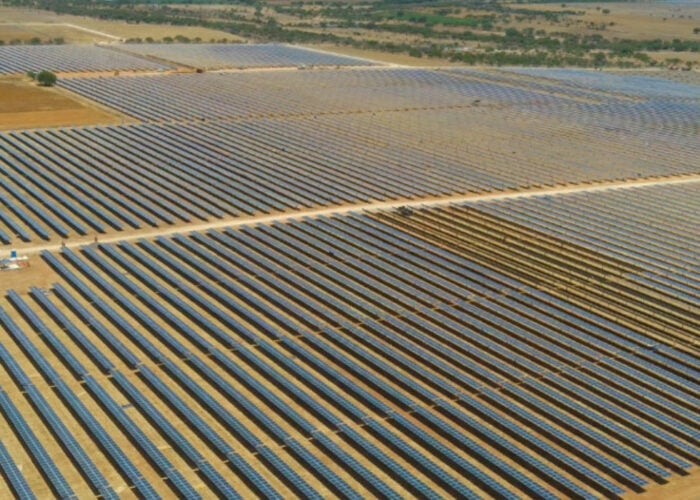
The Kansai Electric Power Company (KEPCO), a Japanese electricity supplier, is completing work on a 22MW rooftop solar installation in Thailand that, when completed, will be the largest rooftop solar project by capacity in the world.
KEPCO is building the project in the Amata City Rayong industrial park, southwest of Bangkok, on a tire factory owned by Japanese firm Sumitomo Rubber Industries. Electricity generated at the rooftop project will be used to power the factory, part of Sumitomo’s plans to halve its scope one and two carbon dioxide emissions by 2030, compared to 2017 figures.
Try Premium for just $1
- Full premium access for the first month at only $1
- Converts to an annual rate after 30 days unless cancelled
- Cancel anytime during the trial period
Premium Benefits
- Expert industry analysis and interviews
- Digital access to PV Tech Power journal
- Exclusive event discounts
Or get the full Premium subscription right away
Or continue reading this article for free
While KEPCO began construction in March, the news was announced by the Thailand Board of Investment (BOI) this week.
The board is a government body which aims to encourage foreign investment into Thailand, and is optimistic about the future of the Thai energy sector. The BOI expects the KEPCO project to come online in 2025, and noted that, in the first six months of 2023, 186 of the 195 power generation applications made to the BOI were related to renewable power.
“Thailand is the frontrunner in Southeast Asia,” said Shuji Hashuzume, a principal investment specialist at the Asian Development Bank. “Climate change is the biggest agenda globally now and Asia is the epicentre of carbon emissions. Thailand will likely be leading the initiative in ASEAN and its importance cannot be over-emphasised.”
Projects such as these will be important for Thailand’s long-term energy future, as it remains heavily reliant on fossil fuels. In 2022, natural gas accounted for 114.6TWh of electricity production, by far the most of any power source. The second-most productive source was coal, which accounted for 35.5TWh of electricity, well ahead of renewables, which were responsible for 21.9TWh, the fourth-most of any power source.
The installation of rooftop solar could also be a vital step in diversifying Thailand’s solar sector, with much of its solar generation tied to hydropower plants. Solar panels at the Sirindhorn Dam, for instance, offer a capacity of 58.5MW, and the Thai government plans to produce 2.7GW of power from hybrid hydro-solar plants by 2037, which will account for 30% of the country’s total energy demand.
As a result, the KEPCO rooftop project could be an important proof of concept for both foreign investment in Thai solar power, and the efficacy of solar projects outside of hydro-solar facilities.






